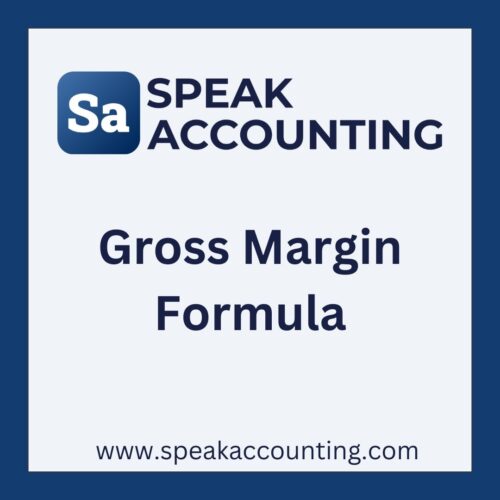Introduction
Accounting formulas are the backbone of financial analysis and decision-making. They provide a quantitative way to measure, compare, and evaluate the financial health of a business. One such critical formula is the Return on Equity (ROE), defined as:

Explanation of the Formula
The ROE formula calculates the profitability of a company by dividing its Net Income by its Shareholders’ Equity, and then multiplying the result by 100 to get a percentage.
- Net Income: This is the company’s total earnings or profit after all expenses, taxes and costs have been deducted from its revenue.
- Shareholders’ Equity: This is the net value of the company, calculated by subtracting total liabilities from total assets.
For example, if a company has a Net Income of $50,000 and Shareholders’ Equity of $200,000, the ROE would be:

This means that the company has an ROE of 25%, indicating that it generates a return of 25 cents for each dollar of equity.
Purpose and Significance
The ROE formula is a key profitability metric in accounting. It provides insights into how efficiently a company can generate profit from the equity invested in it. A higher ROE indicates a more profitable company that has better control over its costs and more effectively uses its equity.
Practical Applications
The ROE formula is widely used across industries to compare the profitability of different companies. For instance, companies with higher ROEs may be better at using their equity to generate profits, thereby offering better value to shareholders.
Common Mistakes and Pitfalls
One common mistake is to overlook the difference between return on equity and return on assets. While both are important, the ROE formula specifically refers to return on equity, which takes shareholders’ equity into account.
Calculation and Interpretation
Calculating the ROE involves dividing the Net Income by the Shareholders’ Equity, and then multiplying by 100. The result is a percentage that tells you how many cents of profit the company makes for each dollar of equity. A higher percentage indicates a company that is more efficient at generating profit from its equity.
Conclusion
Understanding the ROE formula is crucial in accounting and finance. It provides key insights into a company’s profitability and operational efficiency. By applying this knowledge, you can make more informed decisions in your accounting practices or studies.




